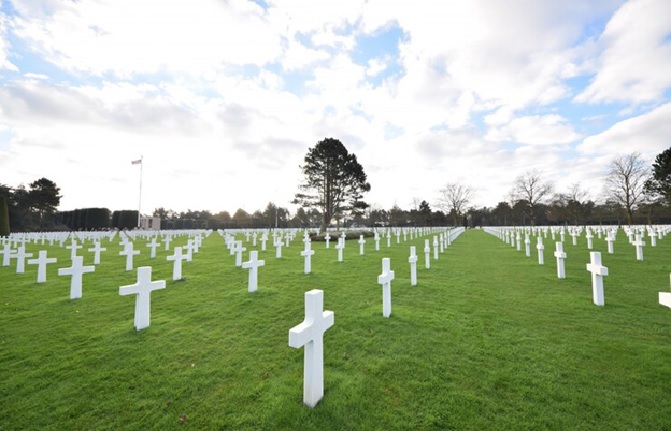Cultural Significance Of Headstones Across Different Societies
As permanent representations of a people’s beliefs, morals, and customs, headstones are found all over the globe. These grave markers, which are usually made with great attention to detail, have great meaning beyond just marking graves. There is a wide range of expressions of grief, memory, and spirituality encapsulated in headstones from different cultures and time periods.
The Development of Grave Markers
Headstones have changed shape and function a lot throughout the years. From their humble beginnings as plain stones or wooden plaques, these monuments have evolved into elaborate works of art decorated with inscriptions and symbolism. The ancient Egyptians and Mesopotamians erected ornate headstones to protect the souls of the departed as they went to paradise. From these simple beginnings, more complex and symbolic grave markers emerged in different cultures.
The Use of Symbols and Icons
The religious and cultural practices of a people are reflected in the varied symbolism seen on grave markers. Crosses, angels, and lambs are prominent Christian symbols that represent faith and the resurrection. Headstones for Jews, on the other hand, often have Hebrew inscriptions and designs, such as the Star of David, that highlight their religious and cultural identity.
Traditions and Customs of a Culture
Cultural traditions provide the foundation of the rituals that surround headstone installation and design. For instance, in many Indigenous communities, the placement of a headstone is part of a larger burial ceremony that also includes ceremonies to pay respects to the dead and make sure they pass on to the next life in peace. Social cohesiveness and collective memory are strengthened by the participation of the community in these rituals.
Craftsmanship and Materials
There is cultural importance in the materials used to make headstones as well. The Western world often opts for marble and granite because of its enduring beauty and durability, which allows them to endure weather conditions and preserve engravings for many years. Wooden headstones, on the other hand, are common in areas where wood is plentiful, including Southeast Asia and portions of Africa, and they represent a link to the environment and eco-friendly practices.
Contemporary and Secular Movements
Along with changing views on death and memorialization, headstones’ cultural importance has changed throughout the modern era. Many different ways of expressing one’s identity and legacy can be accommodated in secular society through the use of personalized and unique headstone designs. In this digital age, where the lines between physical and virtual memorialization are blurring, personalized engravings, images, and QR codes that lead to online tributes are on the rise.
Heritage & Preservation
Headstones serve an important purpose in the preservation of historical and genealogical heritage, in addition to their direct religious and cultural importance. The headstones at a cemetery may tell you a lot about the community’s dynamics, migration patterns, and social mores from long ago. Therefore, protecting collective memory and paying tribute to the accomplishments of past generations relies heavily on efforts to preserve and maintain historic cemeteries.
In summary
Headstones are more than just burial markers; they are powerful symbols of life and death. These everlasting structures express deep cultural ideas, practices, and rituals related to burial and commemoration across many civilizations and time periods. The development of different types of headstones from different civilizations over time reflects changes in religion, social mores, and technology.

